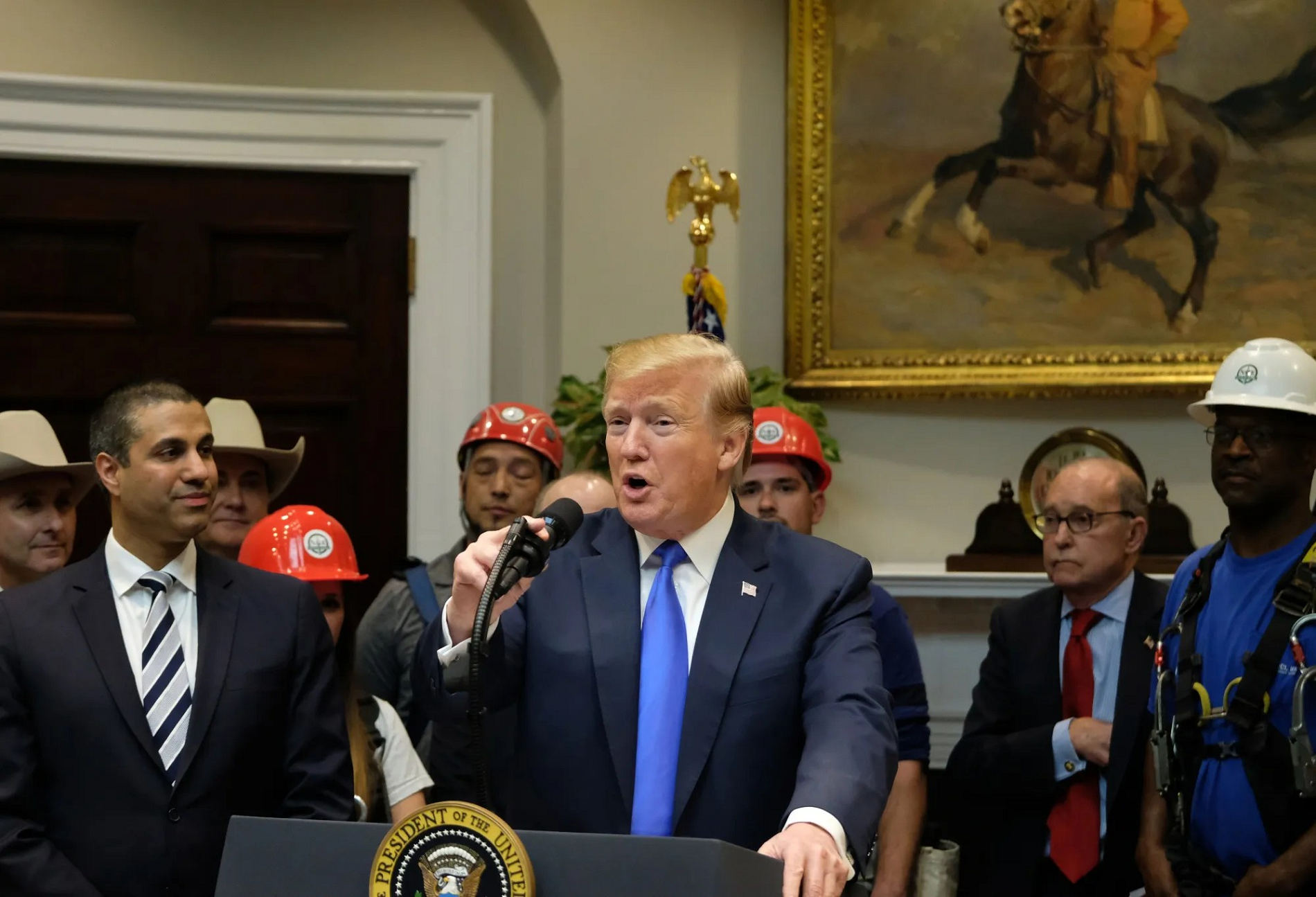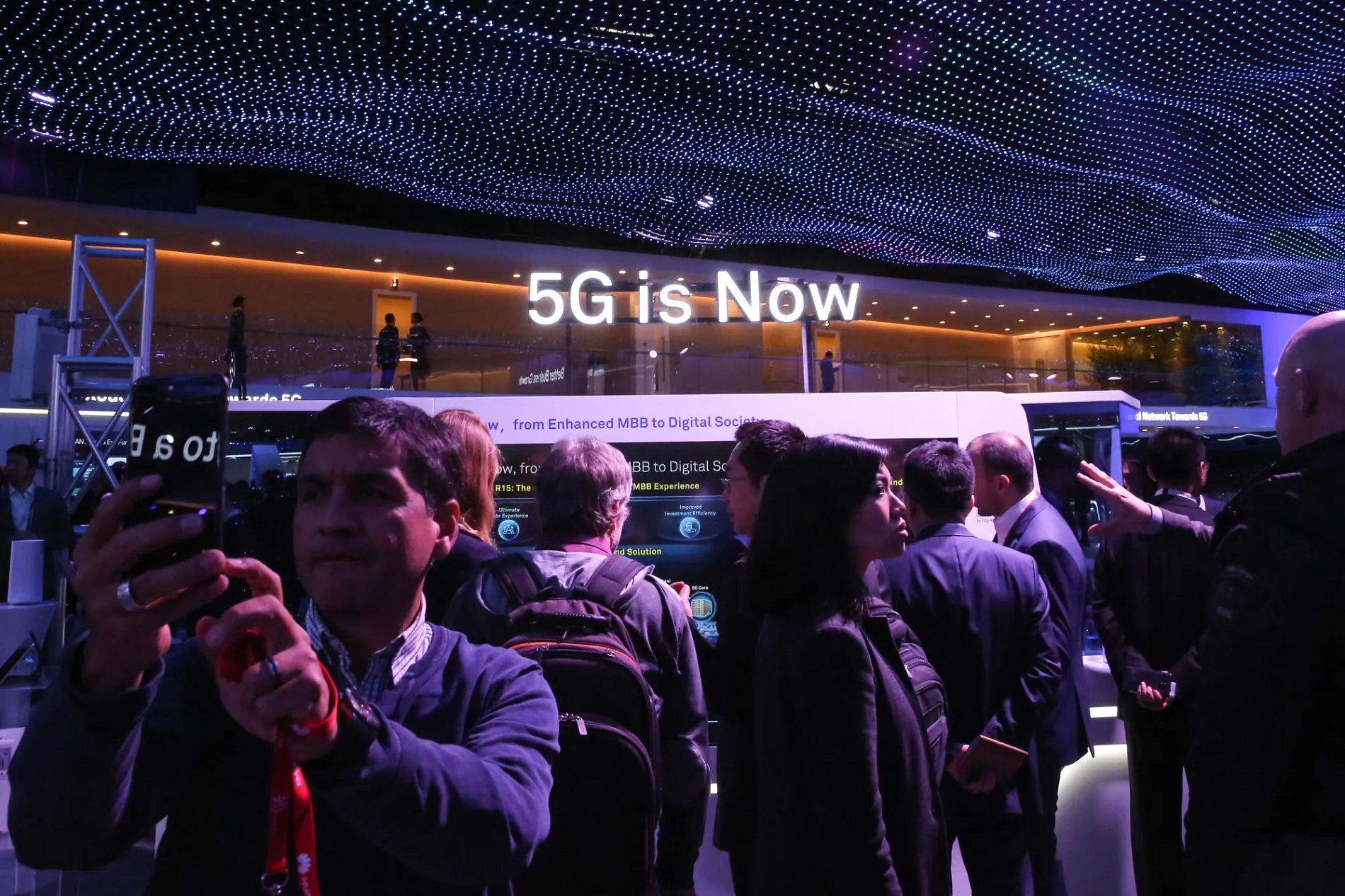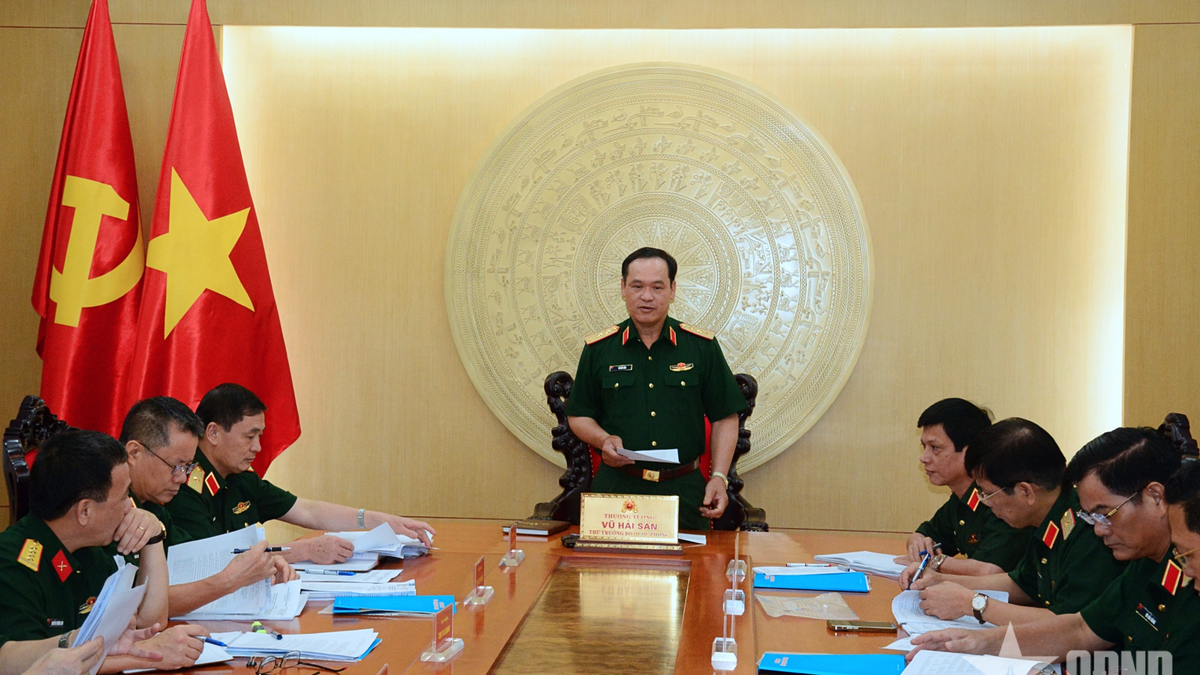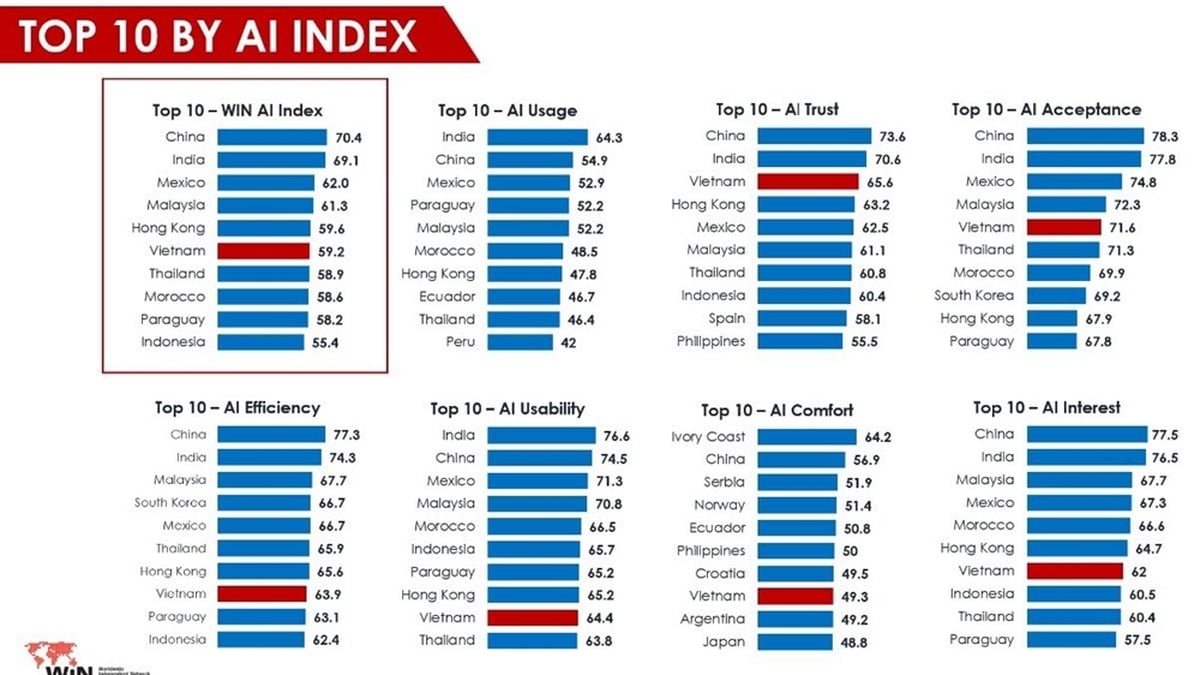In 2019, when announcing a number of initiatives to promote 5G growth in the US, President Donald Trump affirmed: “The race to 5G is on and America must win.”
At that time, according to some estimates, the US wireless industry planned to invest $275 billion in 5G networks, creating 3 million jobs and adding $500 billion to the economy .
Unlike 4G which focused on mobile phones, tablets and computers, 5G technology is expected to create more reliable connections for applications such as self-driving cars and smart cities.
During his first term (2017-2021), President Donald Trump considered the deployment of 5G networks an important priority, with the goal of promoting economic development and ensuring national security.
The Trump administration has rolled out a series of policies and strategies to accelerate 5G deployment, including measures to boost infrastructure investment, reduce regulatory red tape, and address spectrum issues.
5G Fast Plan Policy
The US Federal Communications Commission (FCC) announced its 5G Fast Plan in 2018. The initiative aims to facilitate the deployment of 5G infrastructure by streamlining regulations and accelerating spectrum availability.
As part of the program, the FCC has auctioned off 5G-suitable spectrum bands, such as the 24 GHz and 28 GHz bands, to support high-frequency, low-latency applications.

One of the biggest barriers to 5G deployment is the complex and time-consuming regulatory procedures, especially related to the installation of base stations and equipment.
The Trump administration has introduced measures to streamline the approval process for 5G infrastructure projects, aiming to speed up construction.
Specifically, reorganize the licensing process for 5G stations, especially small cell towers.
Under Trump’s leadership, the FCC issued a new rule , Accelerating Wireless Broadband Deployment by Removing Barriers to Infrastructure Investment, which reduces the time it takes to approve small cell site construction projects from months or even years to 60 to 90 days.
The regulation also requires local authorities not to demand excessively high costs when using public spaces (electric poles, buildings, etc.) to install small base stations, hindering the deployment of 5G infrastructure by network operators.
In addition, the requirements for licensing small construction projects and small broadcasting stations are not subject to the same strict regulations as large projects.
The Trump administration also encourages carriers to share infrastructure with each other, reducing the number of new construction permits by leveraging existing base stations, thereby helping to reduce costs and time to deploy 5G.
5G Spectrum Release and Auction
Freeing up spectrum helps provide the necessary resources for telecom operators to deploy 5G technology, especially in high-frequency spectrums with the ability to transmit data quickly and efficiently.
Spectrum is freed up from various sources, including spectrum previously used for other purposes such as television or legacy wireless services.
According to a White House statement in August 2020, the FCC had freed up more than 5,000 MHz of spectrum for 5G, more than any other country (at the time).
The FCC's Citizens Broadband Radio Service (CBRS) initiative allows businesses of all sizes to access the 3.5 GHz band (3550 MHz to 3700 MHz) to deploy 5G networks, optimizing resource utilization and increasing flexibility, creating opportunities for small-scale service providers and IoT applications to thrive.
CBRS enables the deployment of private 4G LTE or 5G networks without investing in expensive licensed spectrum; enhancing coverage and capacity in environments where traditional cellular networks may struggle, such as indoors and rural areas.
Higher frequency bands (mmWave) between 24 GHz and 100 GHz are also being freed up. These bands are capable of delivering very high data rates and are critical to delivering low-latency, high-bandwidth 5G services.

In 2019, the FCC auctioned the 24 GHz and 28 GHz spectrum, bringing in about $2.7 billion for the US government .
In 2020, the FCC continued to auction the 37 GHz and 39 GHz spectrum, raising more than $7.5 billion. The auctions ensure that carriers have enough resources to deploy 5G networks and high-speed services.
Ensuring 5G network security
“Secure 5G networks are critical to American prosperity and national security in the 21st century,” President Trump declared. That’s why he signed the Protect 5G and Beyond Act on March 23, 2020, to protect America’s wireless and 5G networks from untrusted companies and hostile nations.
On the same day, the White House released the National Strategy to Secure 5G of the United States , outlining how the country will protect 5G wireless infrastructure at home and abroad.
The seven-page document outlines the president's vision "for the United States to lead the development, deployment, and management of secure and reliable 5G communications infrastructure around the world , hand in hand with our closest partners and allies."
Four separate efforts outlined in the strategy include: facilitating domestic 5G deployment; assessing risks and defining core security principles of 5G infrastructure; assessing risks to U.S. economic and national security in the development and deployment of 5G infrastructure worldwide; and promoting responsible global 5G development and deployment.
“Malicious actors are seeking to exploit 5G technology,” President Trump wrote in the strategy’s introduction. “It is a target-rich environment for those with nefarious motives due to the number and types of devices it will connect and the large volumes of data those devices will transmit.”
The Trump administration has rolled out a series of measures to prevent Huawei – China's leading telecommunications equipment maker – from participating in building 5G networks in the US.
The US is concerned that Huawei could install backdoors into 5G equipment to access and steal data, despite the Chinese company's repeated denials.
In May 2019, the US put Huawei on the Commerce Department's Entity List, banning the sale or supply of US technology to the company without permission.
The US also called on allied countries to take similar measures and not use Huawei equipment in their 5G networks.
Telecom companies like Verizon, AT&T and T-Mobile have been urged to stop using Huawei equipment in their networks.
Overall, President Trump's first-term policies have had a clear impact on the development of 5G networks in the US.
By the end of 2020, the US had rolled out 5G networks in many major cities, with Verizon, T-Mobile and AT&T beginning to offer 5G services to users.
According to a report from OpenSignal, in December 2020, the US led the world in 5G download speeds, with average speeds reaching around 240 Mbps.
With his re-election as US President, Mr. Trump is expected to continue pursuing a strategy of strongly developing the domestic 5G network with the core goal of national security, reducing dependence on Chinese technology, and consolidating the leading position in the global 5G network.
Source: https://vietnamnet.vn/ong-trump-da-lam-nhung-gi-de-giai-phong-tiem-nang-5g-cua-my-2341637.html























![[Photo] National Assembly Chairman Tran Thanh Man visits Vietnamese Heroic Mother Ta Thi Tran](https://vphoto.vietnam.vn/thumb/1200x675/vietnam/resource/IMAGE/2025/7/20/765c0bd057dd44ad83ab89fe0255b783)















































































Comment (0)